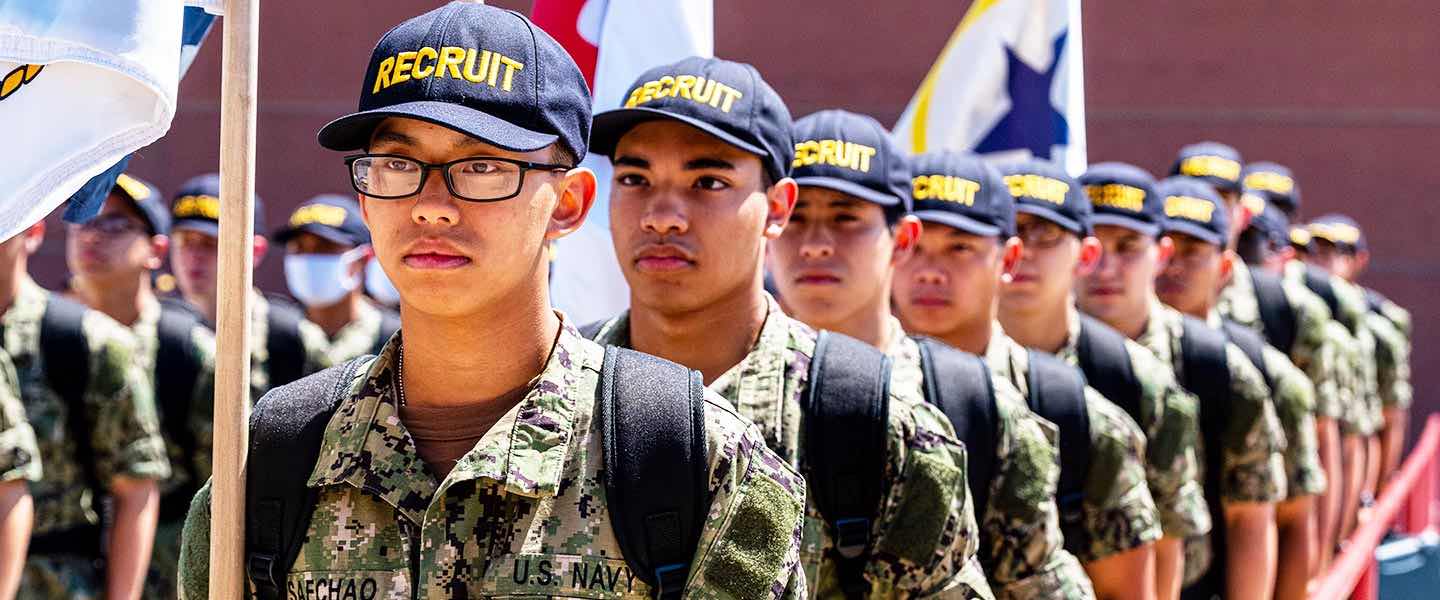What Is Navy Boot Camp Like?
Recruit Training Command, better known as “Navy boot camp” is the Navy’s only enlisted training facility. Located in Great Lakes, IL, once you're here, you’ll learn all the skills you need to transform from civilian to Sailor. For 10 weeks, you’ll be completely immersed in Navy culture, tradition and heritage with fellow recruits from around the country. All of the training you receive will create a strong foundation for your future in the Navy and set you up for success no matter the career you’ve chosen.
What To Expect
Navy boot camp lasts 10 weeks. The first two weeks of training are the most challenging because you’ll be shifting your perspective from civilian to Sailor and training for several hours each day. These two weeks are also your first chance to learn how a Navy team operates and meet your fellow Sailors who will be there to support you throughout your journey. Training is physically, emotionally and academically challenging, but you’ll graduate as a stronger version of yourself.
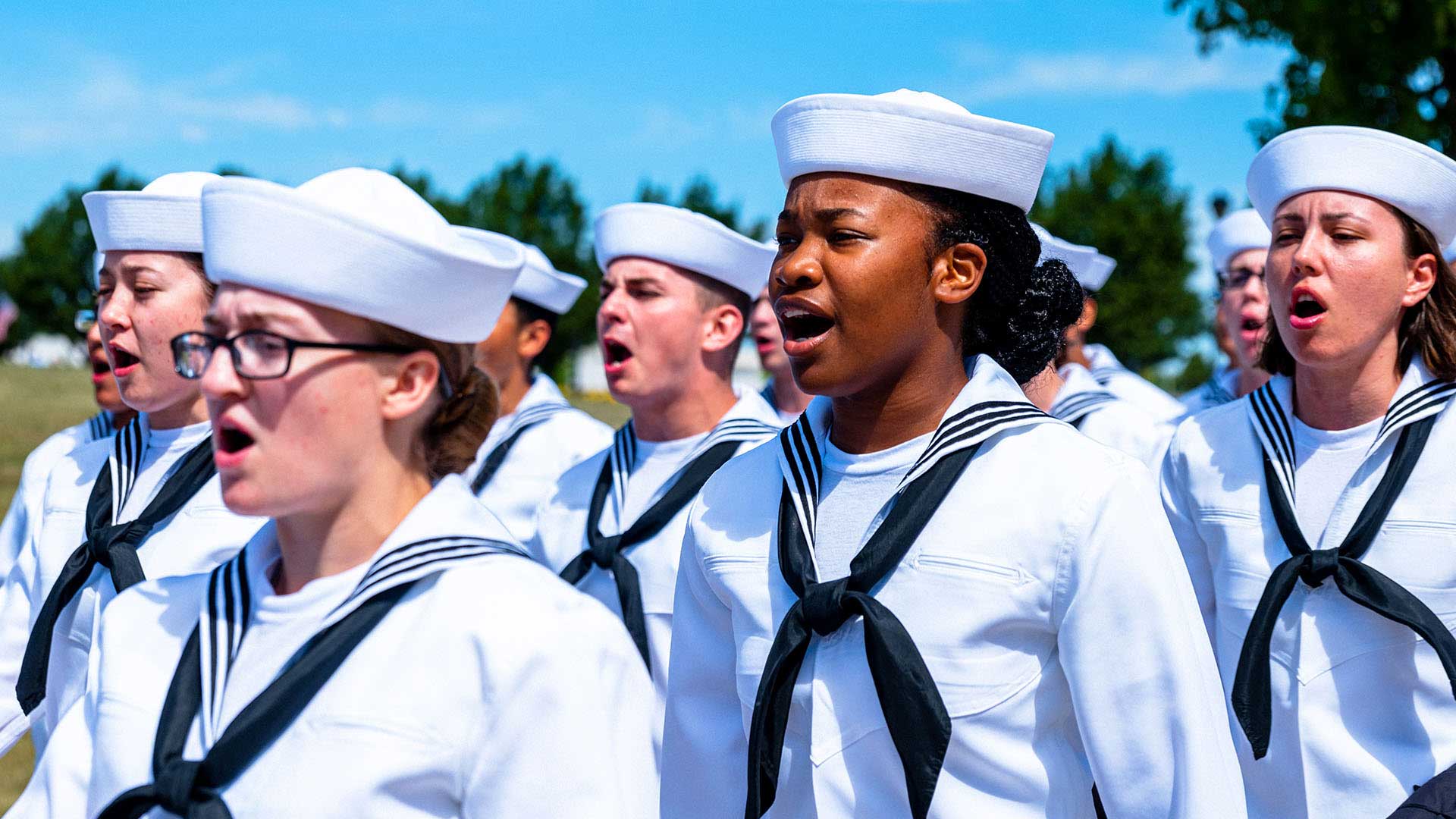
Navy Officers, including Physicians, Chaplains and Nurses do not go to boot camp; instead they may go to Officer Development School (ODS) or Officer Training School (OCS). Find out more about joining the Navy as an Officer.
Week 1: Processing
The first week of boot camp is known as Processing. On your first night, you will be able to make a phone call to your family or guardians before turning in your device for the duration of training. Immediately upon arrival, you are assigned to a division. You’ll receive a full medical, dental and fitness screening. Women will receive a pregnancy test, and all recruits will be subject to a drug urine screening once they are on-site. Women who are pregnant will not be able to continue at boot camp, and anyone who fails to pass the drug screening will be disqualified immediately.
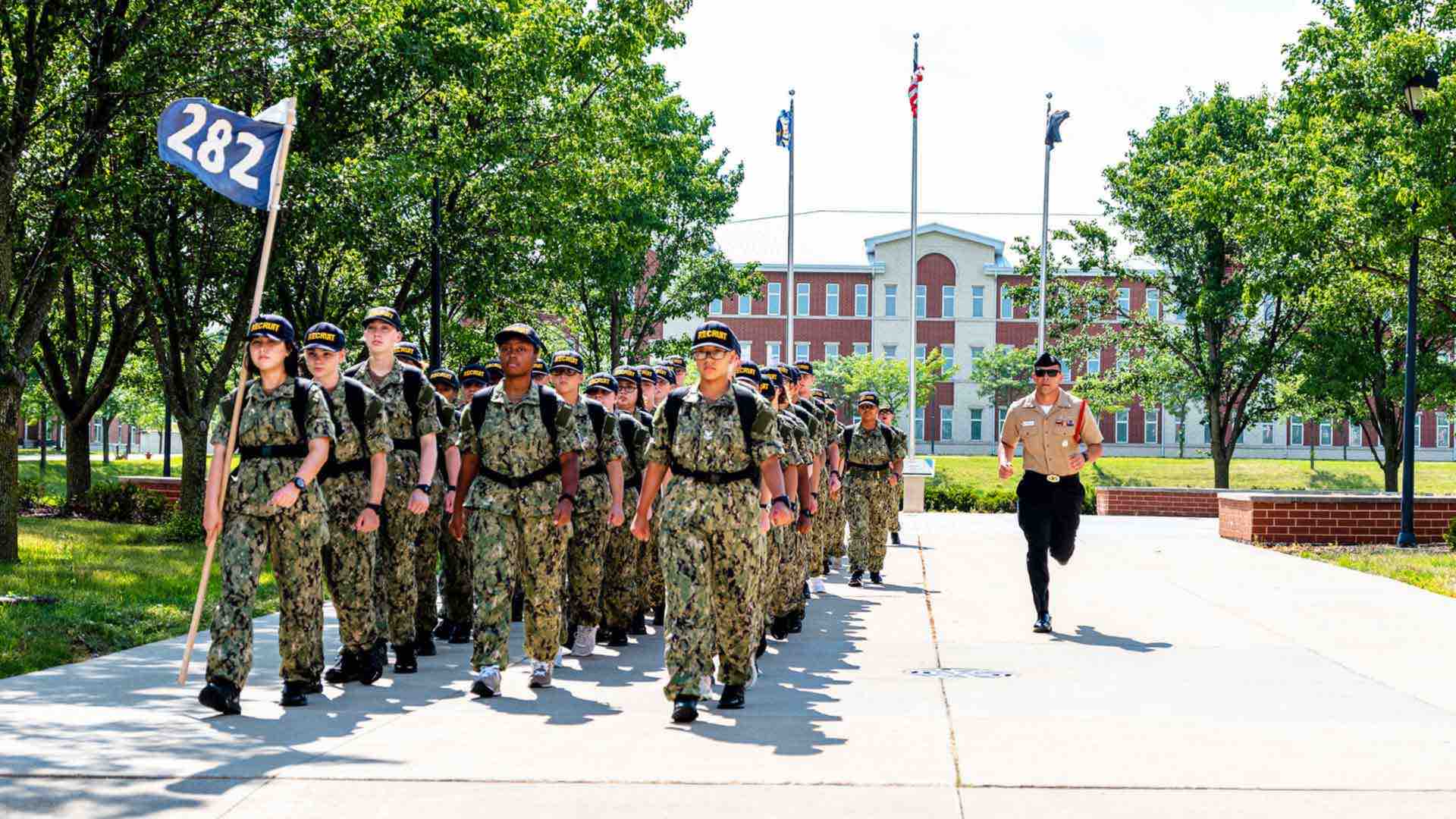
You’ll receive your uniforms, vaccinations and a haircut to help you meet Navy standards. You can arrive with your hair styled as desired, but men will have their hair cut and women will have the option to cut their hair OR keep the length and learn how to style it according to Navy standards.
During this week, you’ll also meet your Recruit Division Commander, who will be your leader and guide for the next 10 weeks. You’ll be assigned a bunk on your “ship” (barracks), attend an orientation brief, learn how to drill and march, and attend Navy classes. This is the week where you’ll learn the basics of basic training.
Weeks 2 - 3: Introduction
These weeks will be your introduction to Navy life. You’ll begin attending classes and your physical fitness training. During this time, you must pass a swim test, which is standard for all Sailors. If you cannot swim, you will receive training in a safe, monitored and controlled environment taught by Water Survival Instructors.
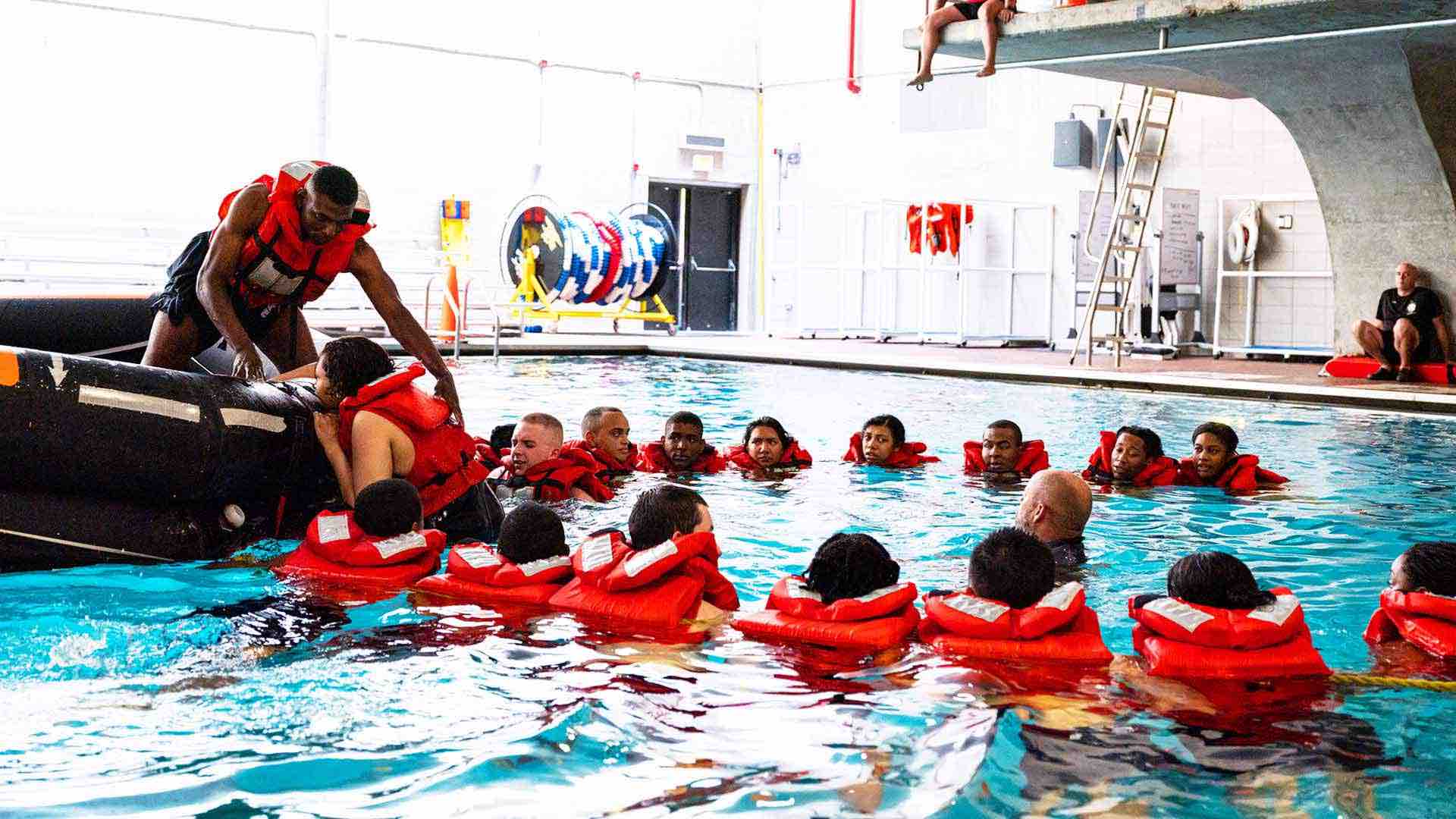
During this week, you’ll take classes in:
- Naval history
- General military customs and courtesies
- General military and professional knowledge classes
- Personnel and material inspections
- Watch standing
- Physical training
You’ll get your first taste of Navy teamwork by participating with fellow shipmates in a simulation of a shipboard emergency during which each Sailor will have a role to play.
Weeks 4 - 6: Hands-On
Once you’ve mastered the classroom basics, you’ll move to hands-on Navy training. You’ll continue your knowledge classes but also begin to train with actual equipment.
You’ll learn the foundations of the following:
- Knot tying and line handling
- Firefighting training and first-aid techniques
- Drill
- Firearms training
- Second academic test
- Physical training
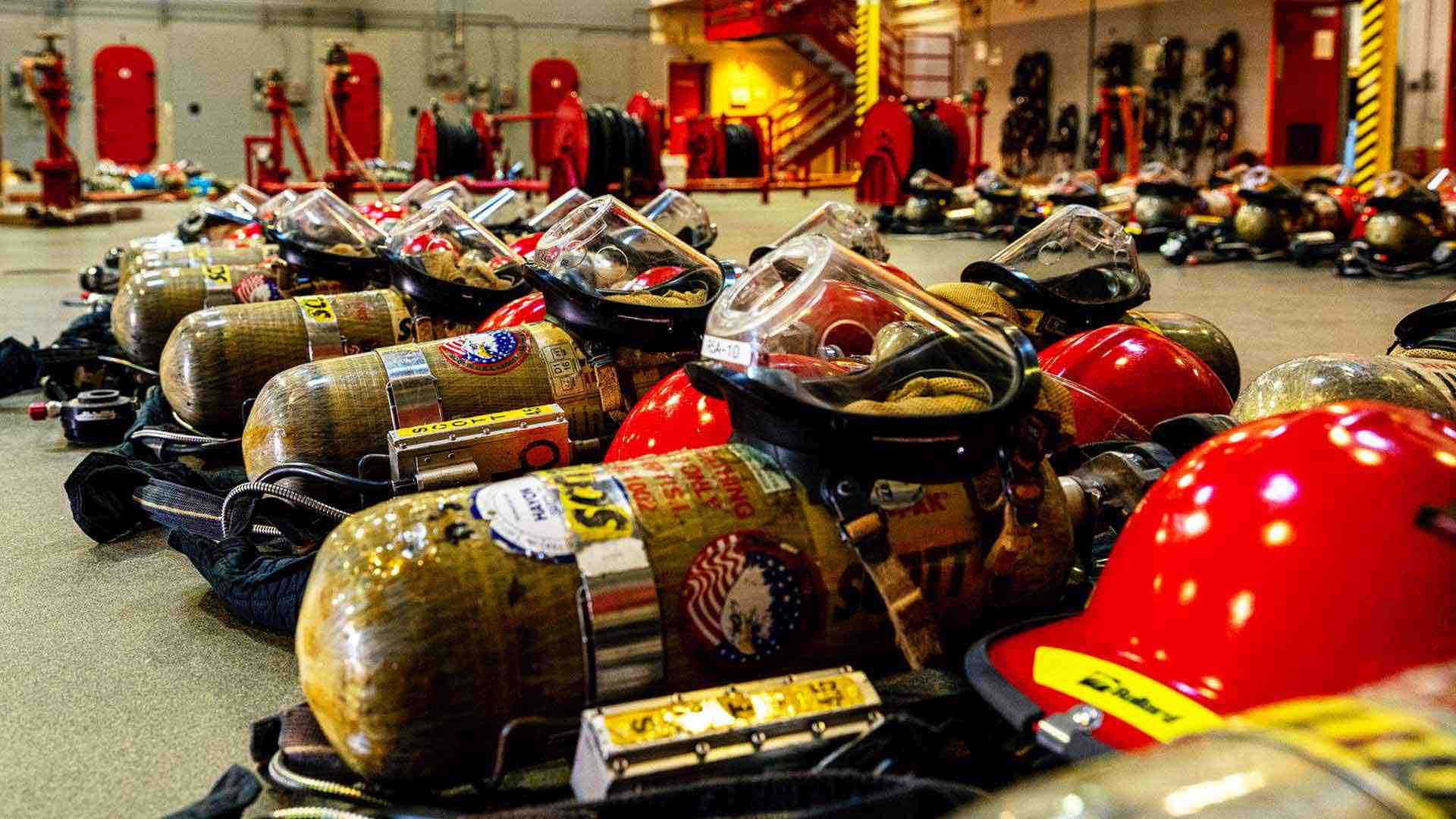
Week 7: Evaluation
Recruits will use all of their knowledge gained from the first few weeks to complete various assessments and inspections, including:
- Drill
- Personnel and uniform inspections
- Physical training
- Firefighting assessment
- Line handling assessment
- Weapons assessment
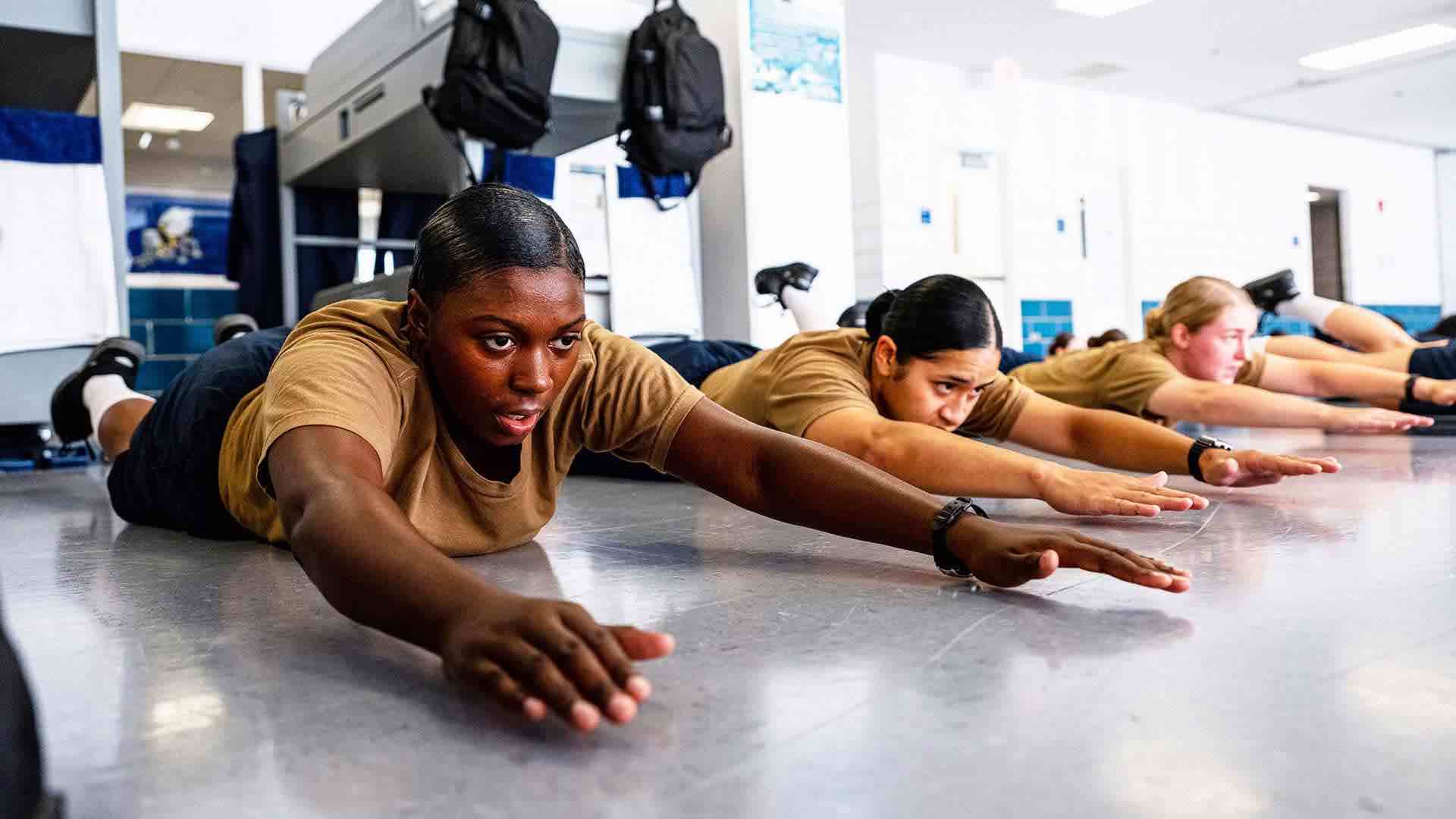
Week 8: Battle Stations
Weeks of training are put to the test during the final training exercise, known as Battle Stations. Using the latest technology, recruits are tested in a variety of shipboard scenarios that require the sum of their knowledge and ability. Battle Stations is a final test to determine if the new recruit is ready to join the fleet.
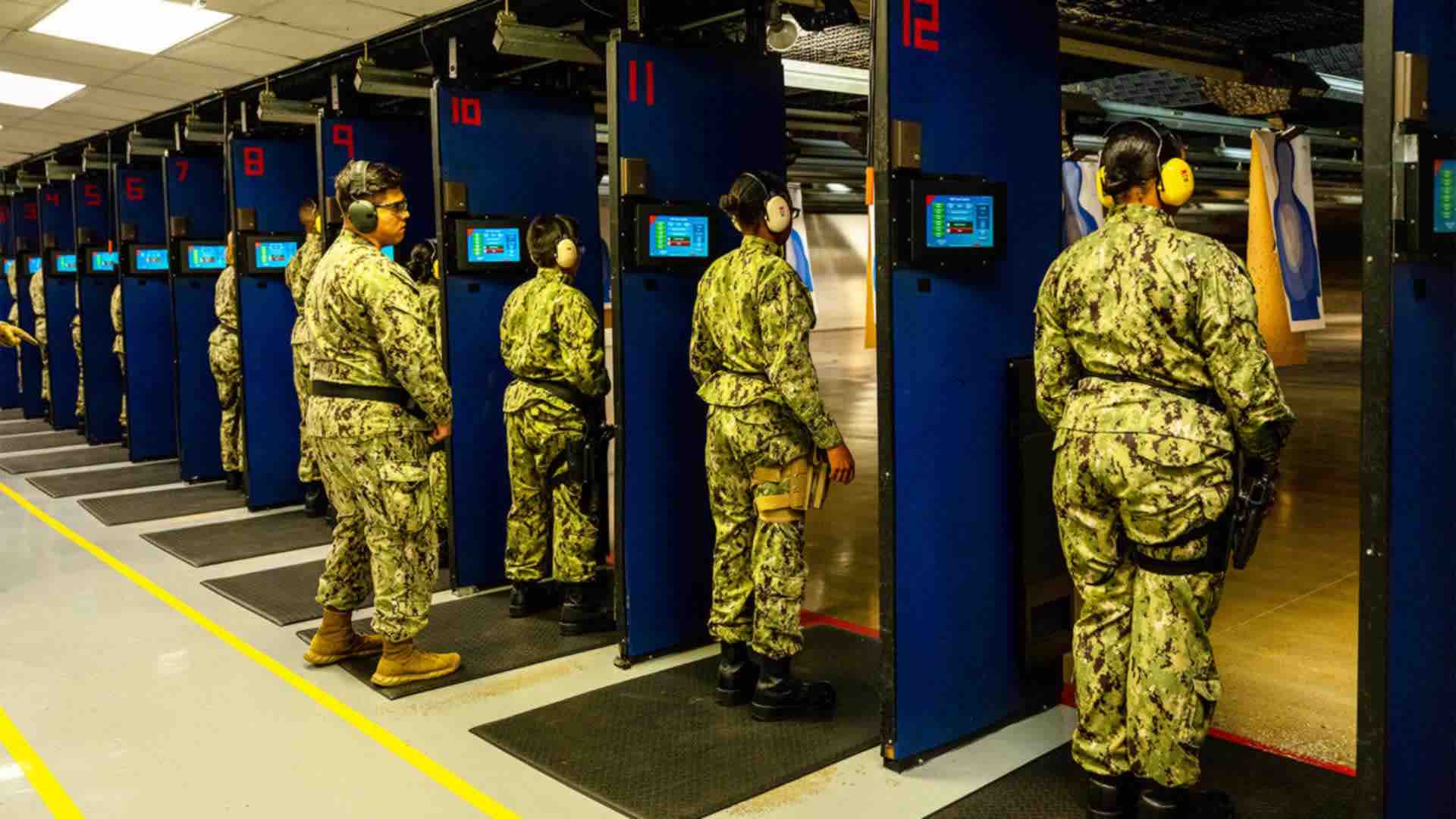
When Battle Stations is successfully completed, recruits celebrate the first major milestone of Navy service. During a ceremony befitting their accomplishment, they will remove their recruit ball caps and replace them with one that recognizes them as a Sailor.
Week 9: Junior Sailor
Your last two weeks of boot camp will prepare you for your next stop: A School. During week nine, you can expect to continue and pass classes in:
- Physical training and final preparation for the official Physical Readiness Test
- Professional development classes
- Small unit leadership classes
- Fleet and shipboard living classes
Week 10 : Graduation
Recruit graduation is known as Pass-In-Review. It is a formal military ceremony that honors your hard work and dedication to a new way of life. It also ties together the future of the Navy with our long-held Naval traditions and customs. This is your opportunity to impress your family and friends with what you have accomplished in just 10 weeks!
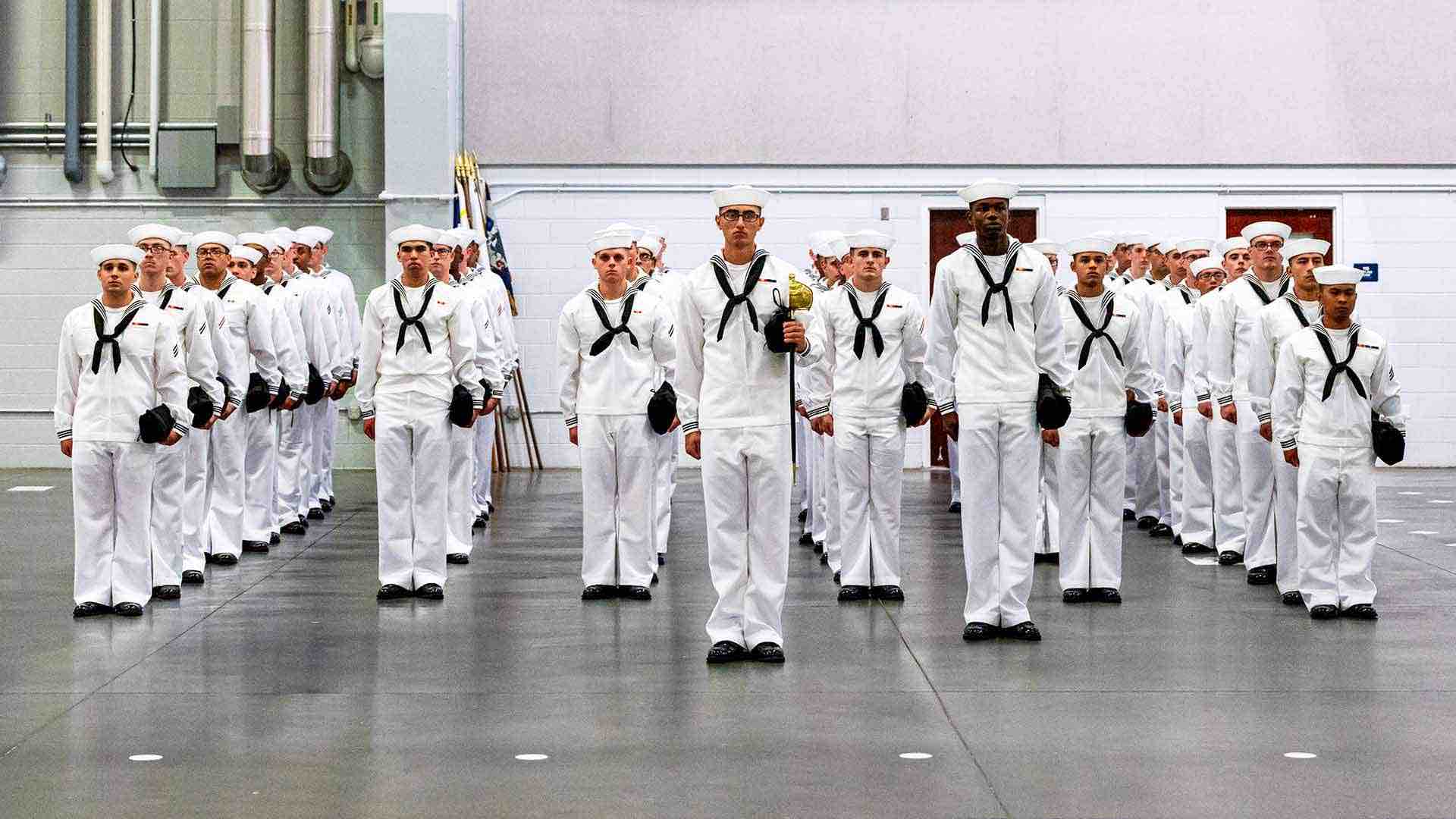
Your family will be seated in the drill hall, and you’ll march in with about 800 of your new Shipmates to a sea of applause. There is no prouder moment in your life. You may receive a few days off following the ceremony, or you may be transferred to your next duty station shortly after graduation.
